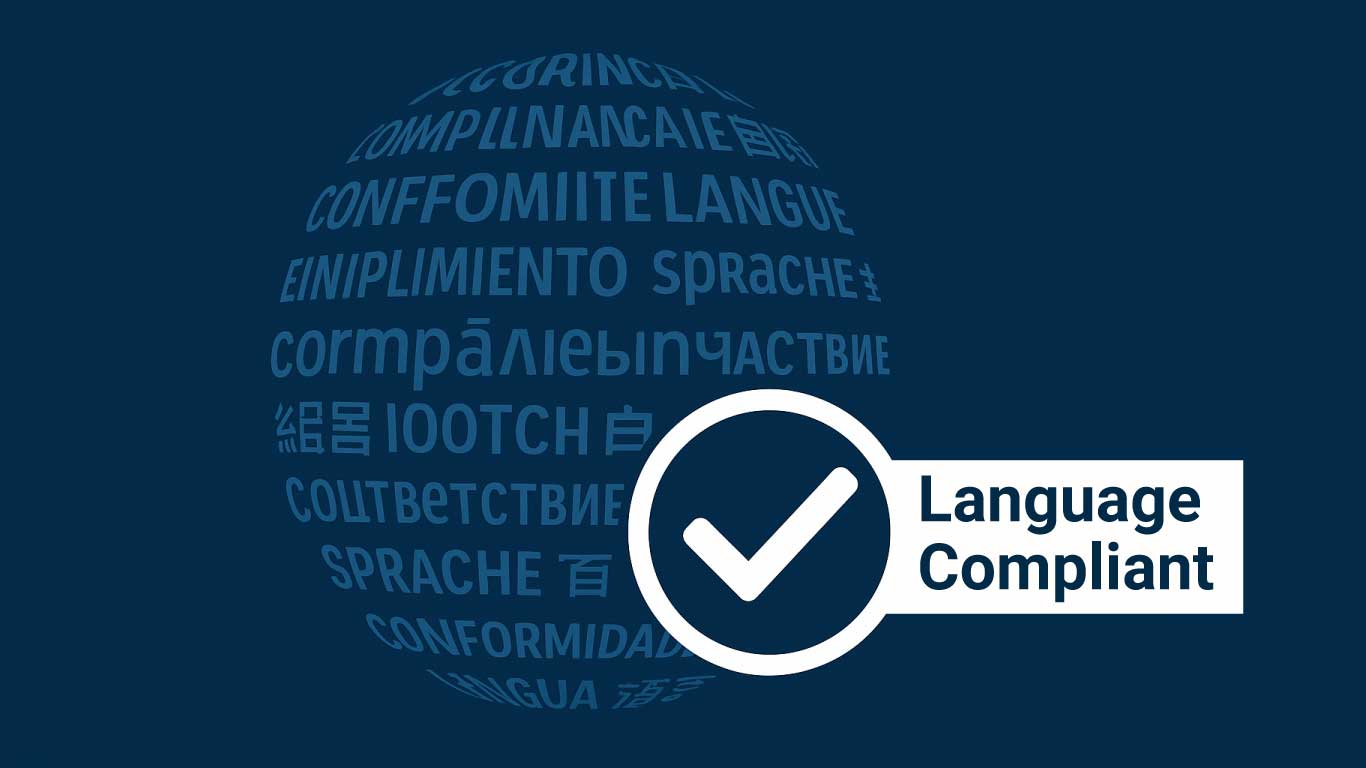Implementing SharePoint Translation: PointFire vs. SharePoint Alone
SharePoint, a widely adopted platform for document management and collaboration, is a robust tool businesses use globally. It offers flexibility in handling various business processes, including SharePoint Multilingual capabilities. However, as companies expand and operate across different regions, the need for multilingual content management has become paramount. SharePoint offers some native tools to manage translations, but these are often rudimentary and pose several challenges when scaling across large organizations with multiple languages.
Though SharePoint provides basic language management, users frequently find that its built-in translation tools fall short of the comprehensive solutions that today’s multilingual enterprises require. This gap opens the door for more advanced solutions that address the complex needs of language consistency and efficiency.
Limitations of SharePoint’s Native Language Features
One of the primary limitations of SharePoint’s native translation features is that it has no machine translation functionality. SharePoint allows users to create variations of content pages in different languages, but it simply copies them; it does not translate them. This requires high costs and a high degree of manual intervention. Each variation must be updated individually, leading to potential discrepancies in the content across different language versions. This fragmented approach adds complexity, especially in the absence of any translation management processes.
Moreover, SharePoint’s native language tools often result in an inconsistent user experience across languages. For example, when switching between languages, users might experience issues with untranslated sections, unclear language settings, or cumbersome navigation. This affects both internal users and external stakeholders who rely on clear communication in their native languages.
Another significant drawback is the need for translation updates. Once a page is translated manually, any future updates to the original content do not automatically propagate to the translated versions. This leads to considerable duplicated effort, as each content change must be manually re-translated to all language variations. This inefficiency can become a major bottleneck for organizations that must maintain current and accurate information in multiple languages.
How PointFire Enhances SharePoint’s Multilingual Functionality
PointFire offers a solution that addresses the limitations of SharePoint’s native language tools by providing a comprehensive system that automates and simplifies multilingual content management. PointFire seamlessly integrates with SharePoint, enabling organizations to leverage their existing SharePoint infrastructure while vastly improving their multilingual capabilities. One of PointFire’s key features is its automated translation function, which ensures that content is translated consistently and accurately across all languages.
By utilizing PointFire, businesses can ensure an intuitive and user-friendly SharePoint language experience. The platform offers an easy-to-navigate interface, reducing the need for specialized knowledge or excessive training. PointFire automates the translation process and helps manage language-specific content without the complexity and fragmentation of SharePoint’s native tools.
Moreover, PointFire ensures that updates to the original content are automatically reflected in all translated versions, eliminating the need for manual interventions. This creates a more efficient workflow, allowing content creators to focus on crafting high-quality material without worrying about replicating changes across multiple language versions.
Time and Cost Savings with PointFire
One of the most compelling reasons to adopt PointFire over relying solely on SharePoint’s native translation features is its significant time and cost savings. Manual translation efforts, especially in organizations with extensive content, can be labor-intensive and error-prone. By automating the translation process, PointFire reduces the need for repeated manual updates, minimizing errors and freeing up valuable resources.
The efficiency gains extend beyond just time saved; they translate directly into cost savings. With less manual labor required to manage translations, businesses can allocate resources more effectively, focusing on other high-priority tasks. Several organizations have reported improved productivity and reduced translation costs after implementing PointFire as part of their SharePoint Multilingual strategy.
Streamlined Multilingual Connectivity
In conclusion, while SharePoint provides basic multilingual functionality, it needs to improve when dealing with complex and large-scale language management. PointFire enhances SharePoint’s translation capabilities, streamlining processes, improving accuracy, and delivering measurable time and cost savings. For organizations looking to leverage the full potential of multilingual content on SharePoint, PointFire offers a compelling solution that integrates seamlessly and efficiently.



